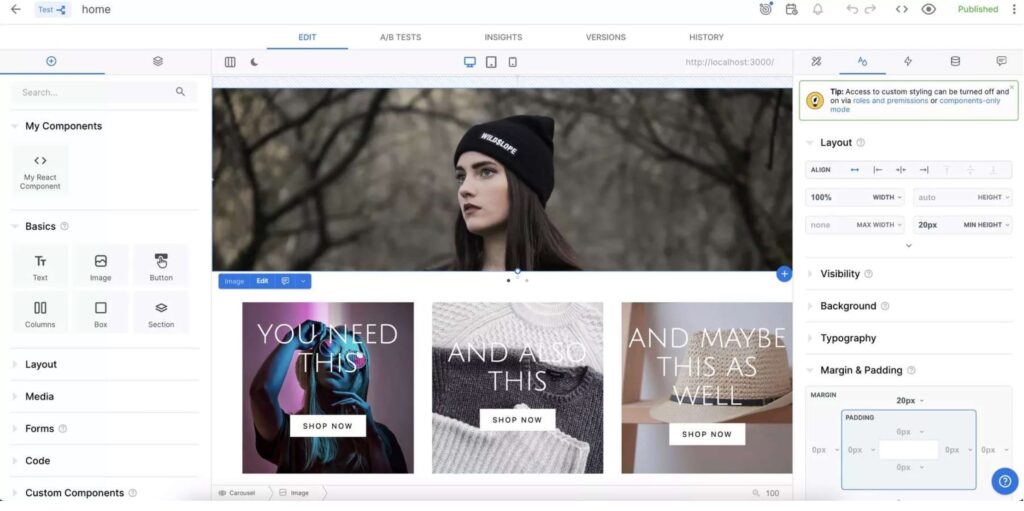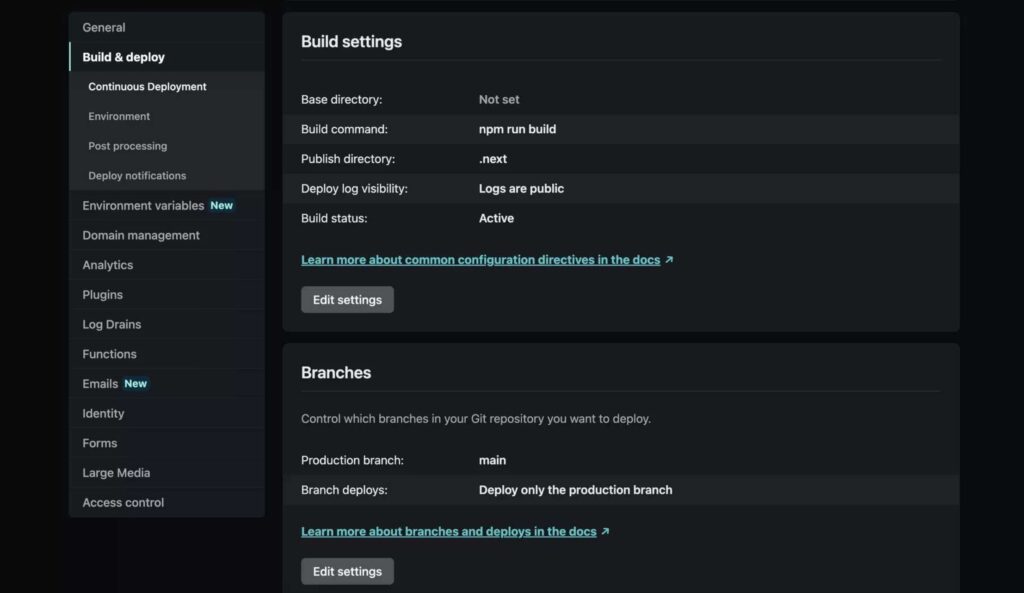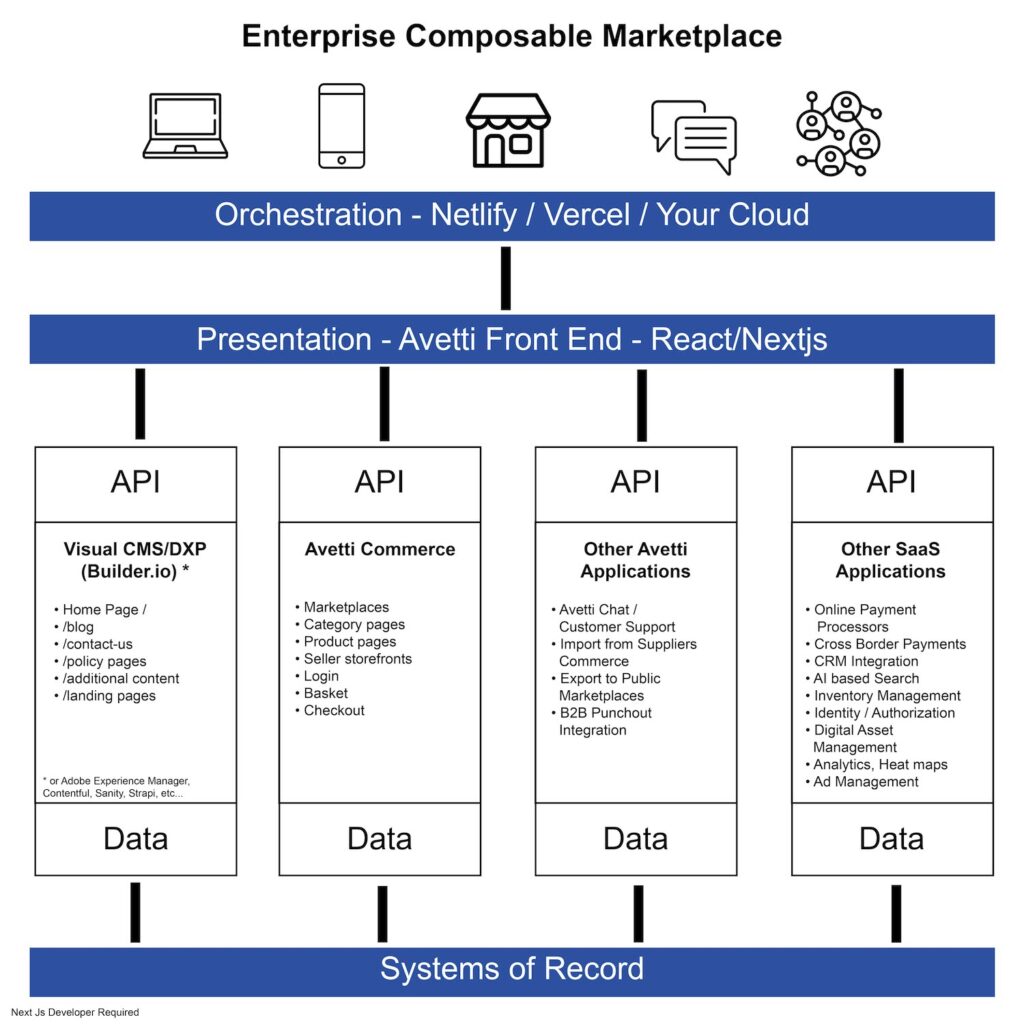Composable Commerce
Leverage Modern Technologies and Microservices
Our composable commerce platform seamlessly integrates best-of-breed applications and microservices, empowering you to adapt and scale your online business.

Composable Commerce Approach
Composable commerce enables companies to construct and tailor their own eCommerce platform by selecting and integrating individual software components or “composable” services.
The role of Microservices in composable commerce is to break down the platform into small, independent, and self-contained services that perform specific functions. These microservices communicate with each other through API calls, enabling businesses to integrate specific services or solutions. This customization enables businesses to create unique and differentiated eCommerce experiences that align with their brand values.
Agility and scalability are critical in composable commerce, allowing businesses to adapt quickly to changing market conditions by adding, removing, or replacing individual services. This flexibility enables businesses to keep up with changing customer expectations and market trends.
Avetti Commerce uses the modern site design approach, which consists of composing best-of-breed solutions from many SaaS providers and legacy internal solutions into one powerful eCommerce solution. Your project has the potential to give your business a competitive edge by utilizing the flexibility that Composable Commerce offers.
Layers of Composable Commerce
There are 3 key layers in a Composable Commerce solution. The orchestration layer, the presentation layer and the applications.
An Orchestration Layer routes applications by URL format and also hosts Front-End React/NextJS application code that embeds other SaaS applications via Rest/JSON Microservice API calls.
We recommend to use Vercel or Netlify as the orchestration layer. They include CI/CD Build tools and integrates to a private GitHub account and hosts the front-end application code. The key benefit is they bring more productivity via faster build times, quick rollbacks to your developers and provides control over routing.
Avetti provides the Avetti Front-End which is the React/NextJS front-end application presentation layer that your team would modify and merge any existing code to as you have 100% code access to it, and this gives you the power and control to compose other applications via APIs.
As for the Application layer, a key application in any solution is the CMS or DXP (Digital Experience platform) that lets you manage non eCommerce content such as the body of the home page, landing pages, blogs and any static content.
You can also use your existing custom designed front end application that your team can manage and call Avetti APIs with a headless approach.
If you choose to use a CMS or DXP there are many such as Contentful, Sanity, BloomReach or Adobe Experience Manager. We would recommend Builder.io as it is a drag-and-drop visual CMS and lets you specify key areas of pages such as the body of the home page, landing pages, and informational pages that a Marketing department staff member can access to update marketing messages. Builder.io is visual and easy for Marketers to self-manage banners and carousels and static pages with NO IT involvement..

Benefits of Composable Commerce
For Developers
Vercel and Netlify enable developers to conveniently modify routes, allowing them to compose multiple applications into a unified solution. Additionally, these platforms provide an effortless means of building front-end code that integrates multiple applications via either routes or API calls.

For Marketers
Our solution will be highly appealing to marketers since they can easily update the content on the website without requiring any assistance from the IT department, by leveraging Visual CMS tools like Builder.io. Moreover, depending on their budget and requirements, they can opt for any CMS ranging from a simple Wordpress to a complex DXP like Adobe Experience Manager.


For Business Users
Flexibility is highly valued by business users as it allows them to scale their operations as per their requirements. Our solution provides this flexibility by offering a range of CMS options from simple WordPress to the high end Adobe Experience Manager. In addition, it allows for the creation of multiple marketplaces and hundreds of eCommerce sites, with the added functionality of supplier portals for self-management of products that can be approved by the business. Furthermore, our solution seamlessly integrates with other applications as required, providing businesses with the ability to expand and adapt their operations as needed.

